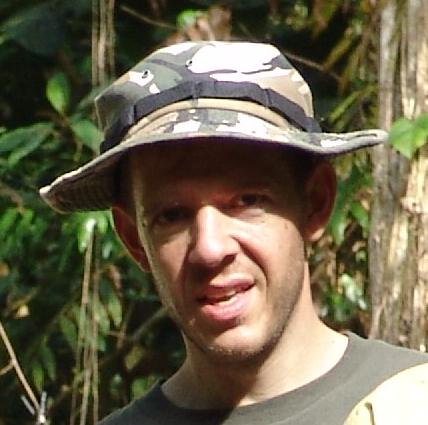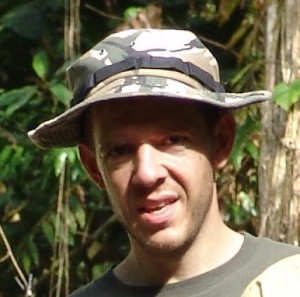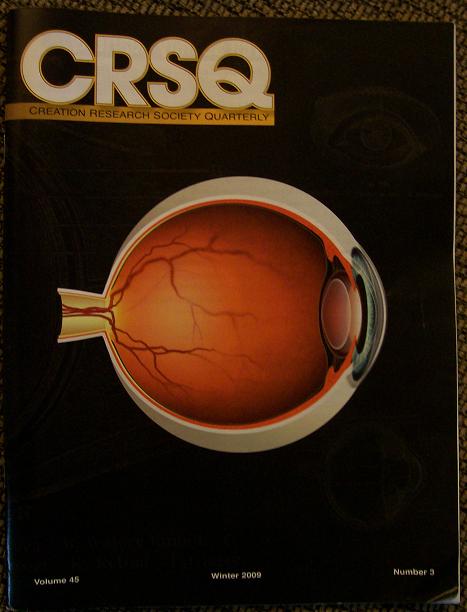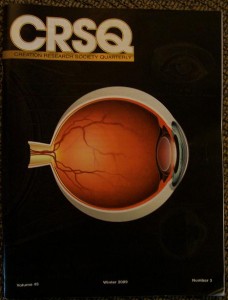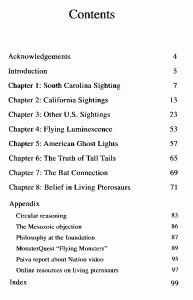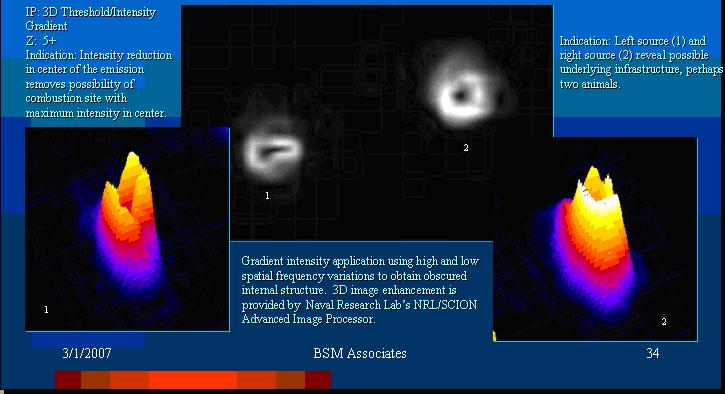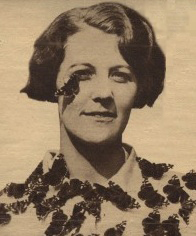“Ropen” is what natives of Umboi Island call the nocturnal flying creature, and legends abound. Most eyewitnesses have only seen it from a distance, at night, and they describe a strange flying light.
David Woetzel led the second ropen expedition on Umboi Island, Papua New Guinea, late in 2004, accompanied by fellow-American cryptozoologist Garth Guessman. One night, near Arot Village (northern Umboi), Woetzel saw a strange light flying towards the mountains near Lake Pung. Consider this excerpt from my interview with him in 2005:
“My sighting was so quick that it was impossible to get a video—maybe 2 seconds . . . [The flying light was] almost golden and shimmering around the edges. It looked like an old-fashioned street light in the fog.
“There was no tail and it was flying horizontal from Mt. Barik toward Mt. Tolo . . . The size, color and speed made it immediately stand out as unlike any other thing I’ve ever seen in the sky.”
Woetzel estimated the angular-size of the light: about 20%-25% the size of a full moon. With a lack of any meteor tail and horizontal movement, a meteor interpretation is unreasonable. This must have been the same object observed by my interpreter (Luke Kenda) a few weeks earlier and a few kilometers to the east: a horizontally-flying light with a mountain background. I believe that both sightings were of the ropen.
Although this sighting, by itself, obviously does not prove that pterosaurs are still living, it validates the honesty of this cryptozoologist: Woetzel could easily have reported some kind of pterosaur-feature, rather than only a glowing object, were he to have been dishonest. This is one example (among many) of the honesty of the explorers who searched for living pterosaurs from 1994 through 2004, for they interviewed many eyewitnesses but admitted never observing any pterosaur-like animal themselves. It disproves the careless general accusation (from some critics) that they are dishonest.
*************************************************************
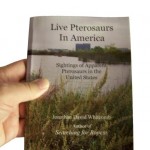 Did you know that living pterosaurs have been reported in North America, even in the United States? Read the many eyewitness sighting reports by purchasing this incredible nonfiction book on Amazon or from the publisher—Live Pterosaurs in America.
Did you know that living pterosaurs have been reported in North America, even in the United States? Read the many eyewitness sighting reports by purchasing this incredible nonfiction book on Amazon or from the publisher—Live Pterosaurs in America.



